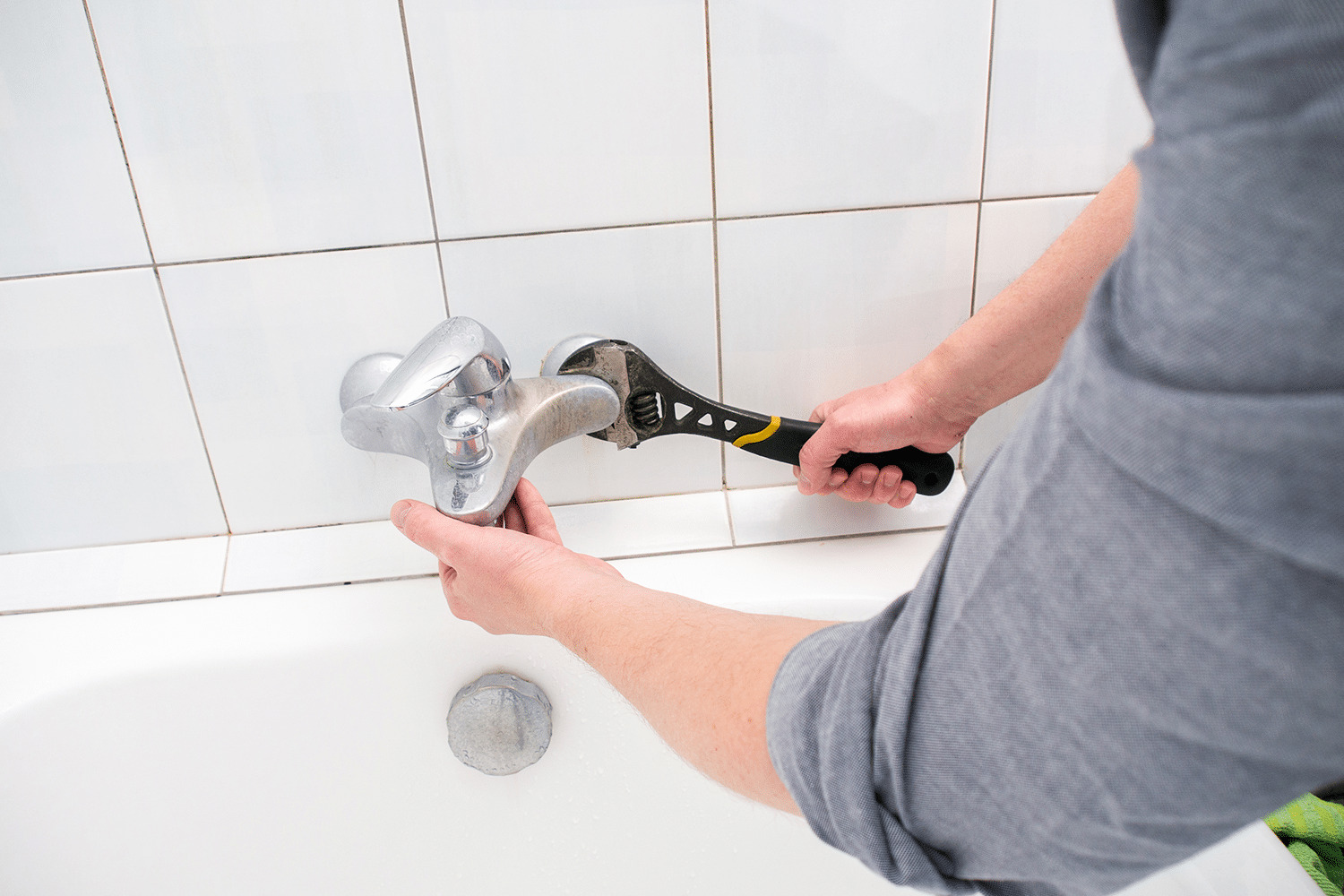

Articles
Why Is My Bathtub Faucet Leaking
Modified: August 17, 2024
Learn about common causes and solutions for a leaking bathtub faucet in this informative article. Find practical tips and expert advice to fix the issue and prevent further damage.
(Many of the links in this article redirect to a specific reviewed product. Your purchase of these products through affiliate links helps to generate commission for Storables.com, at no extra cost. Learn more)
Introduction
Having a leaking bathtub faucet can be a frustrating experience. The constant drip, drip, drip not only wastes water but can also drive you crazy with the annoying sound. Not to mention the potential damage it can cause to your bathroom if left unattended.
Understanding the causes of bathtub faucet leaks and knowing how to identify and fix them can save you both time and money. In this article, we will delve into the common causes of bathtub faucet leaks, provide tips on identifying a leaking faucet, offer DIY techniques to fix the issue, discuss when it’s necessary to seek professional help, and provide prevention tips to avoid bathtub faucet leaks altogether.
So, if you’re tired of the incessant dripping and want to regain control over your bathroom fixtures, read on to discover everything you need to know about bathtub faucet leaks and how to address them.
Key Takeaways:
- Don’t let a leaking bathtub faucet drive you crazy! Learn to identify and fix common causes like worn washers and loose O-rings. Save time and money with DIY techniques or seek professional help when needed.
- Prevent bathtub faucet leaks by maintaining gentle water pressure, avoiding force, and addressing plumbing issues promptly. Regular maintenance and monitoring for leaks can save you from potential water damage and costly repairs.
Read more: Why Is My Bathtub Leaking Underneath
Common Causes of Bathtub Faucet Leaks
There are several factors that can contribute to a leaking bathtub faucet. Understanding these common causes is crucial in order to effectively diagnose and fix the issue. Here are some of the main culprits behind bathtub faucet leaks:
- Worn out washers: Over time, the rubber or silicone washers inside the faucet handle can degrade or become worn out, resulting in water leakage. This is a common issue in older faucets that haven’t been serviced or replaced in a while.
- Loose or damaged O-rings: O-rings are small rubber rings that seal the connection between the faucet spout and the body. If these rings are loose or damaged, they can allow water to seep out, causing leaks.
- Corroded valve seat: The valve seat is a metal component that connects the faucet handle to the spout. Over time, mineral deposits and corrosion can build up on the valve seat, leading to leaks. Regular maintenance can help prevent this issue.
- Leaky cartridge: In some faucets, a cartridge is used to control the water flow. If the cartridge is damaged or worn out, it can result in a leaky bathtub faucet. Cartridges should be replaced periodically to avoid this problem.
- High water pressure: Excessive water pressure can put stress on the faucet and its components, leading to leaks. A pressure regulator can be installed to control and reduce water pressure, preventing damage to the faucet.
These are just a few of the common causes of bathtub faucet leaks, but it’s important to note that each faucet may have its own unique issues. Proper diagnosis is crucial to effectively address the specific problem and ensure a successful repair.
How to Identify a Leaking Bathtub Faucet
Identifying a leaking bathtub faucet is essential before you can take steps to fix the issue. Here are some telltale signs that can help you determine whether your faucet is leaking:
- Dripping water: The most obvious sign of a leaking faucet is the sound of dripping water. If you consistently hear the sound of water drops hitting the bathtub, it’s a clear indication that there’s a leak.
- Water stains: Look for water stains around the faucet, spout, or handles. These stains may appear as discolored patches or streaks on the bathtub surface or surrounding areas.
- Increased water bill: If your water bill has suddenly spiked for no apparent reason, it could be due to a leaking faucet. Keep an eye on your water usage and monitor your bill for any unexpected increases.
- Mold or mildew growth: A leaking faucet can create a damp environment that promotes the growth of mold and mildew. Check under the sink and around the faucet area for any signs of mold or musty odors.
- Constantly wet faucet: If the faucet handle, spout, or surrounding areas are always wet, even when the faucet is turned off, it’s a strong indication of a leak. This constant moisture can lead to further damage if not addressed promptly.
It’s important to note that sometimes the leaks may be hidden within the faucet itself, making them less noticeable. In such cases, it may be necessary to closely inspect the faucet or seek professional help to accurately identify the source of the leak.
By keeping an eye out for these signs and promptly addressing any leaks, you can prevent further damage to your bathroom and save water and money in the long run.
DIY Techniques to Fix a Leaking Bathtub Faucet
If you’re handy and comfortable with basic plumbing tasks, you can attempt to fix a leaking bathtub faucet on your own. Here are some DIY techniques that can help you address the issue:
- Replace the washer: If the faucet leak is caused by a worn-out washer, you can easily replace it. Start by shutting off the water supply to the faucet. Remove the handle and the nut underneath to access the washer. Replace the old washer with a new one of the same size and material. Reassemble the faucet and turn on the water to test if the leak has been fixed.
- Replace the O-ring: If the leak is coming from the spout, it may be due to a faulty O-ring. To replace the O-ring, follow a similar process as with replacing the washer. Disassemble the faucet, locate the O-ring near the base of the spout, and replace it with a new one. Reassemble the faucet and test for any remaining leaks.
- Clean the valve seat: If the faucet leak persists even after replacing the washer or O-ring, the valve seat may be corroded or covered in mineral deposits. Use a valve seat wrench to remove the valve seat and clean it thoroughly using a soft brush or a vinegar-soaked cloth. Once clean, reinstall the valve seat and test the faucet for leaks.
- Replace the cartridge: If your faucet has a cartridge, a leak may occur if it is faulty or worn out. Consult your faucet’s manual or manufacturer’s instructions to locate and remove the cartridge. Replace it with a new one and reassemble the faucet. Turn on the water supply and check for any remaining leaks.
Remember to turn off the water supply and follow safety precautions during the DIY repair process. If you’re unsure about any step or encounter difficulties, it’s best to seek professional help to avoid causing further damage to the faucet or your plumbing system.
These DIY techniques can often fix minor leaks in bathtub faucets. However, if you’re still experiencing leaks or if the issue seems more complex, it’s time to consider seeking the assistance of a professional plumber.
If your bathtub faucet is leaking, try replacing the O-ring or the cartridge inside the faucet. This can often solve the issue and stop the leak.
When to Seek Professional Help
While some leaks in bathtub faucets can be fixed with DIY techniques, there are certain situations where it’s best to seek the assistance of a professional plumber. Here are some instances when professional help is recommended:
- Persistent leaks: If you’ve attempted to fix the faucet on your own but the leak persists, it’s time to call in a professional. They have the expertise and tools to diagnose and address complex issues that may be causing the persistent leak.
- Complex plumbing systems: If your bathtub is part of a complex plumbing system with multiple valves, pipes, and components, it’s best to leave the repairs to a professional plumber. They have the knowledge and experience to navigate intricate plumbing systems and identify the root cause of the leak.
- Absence of DIY skills: If you’re not confident in your DIY skills or lack the necessary tools and equipment, it’s safer to hire a professional. Plumbing repairs require precision and expertise to prevent further damage to the faucet or the plumbing system as a whole.
- Time constraints: If you’re unable to allocate sufficient time to address the faucet leak or if you’re busy with other commitments, it’s advisable to hire a professional plumber. They can efficiently and effectively fix the leak while you focus on your other responsibilities.
Professional plumbers are equipped with the necessary knowledge, experience, and tools to handle a wide range of plumbing issues, including leaking bathtub faucets. They can accurately diagnose the problem, provide long-lasting solutions, and ensure that the repair work is done correctly and safely.
Remember, attempting complex plumbing repairs without the proper knowledge and experience can lead to further damage and costly repairs. It’s always better to err on the side of caution and enlist the help of a professional plumber when needed.
Read more: Why Is My HVAC Leaking
Prevention Tips to Avoid Bathtub Faucet Leaks
Prevention is key when it comes to avoiding bathtub faucet leaks. By taking some proactive measures, you can significantly reduce the chances of experiencing leaks in the first place. Here are some prevention tips to keep your bathtub faucet in optimal condition:
- Maintain regular maintenance: Schedule regular maintenance for your bathtub faucet. This includes cleaning the faucet regularly to remove any mineral buildup, inspecting the washers, O-rings, and valve seats for wear and tear, and addressing any minor issues before they escalate into major leaks.
- Use gentle water pressure: Excessive water pressure can strain the faucet and lead to leaks. Consider installing a pressure regulator to control the water pressure and prevent damage to the faucet. Consult a professional plumber to determine the appropriate pressure for your specific plumbing system.
- Avoid using force: When turning the faucet handle, avoid using excessive force. Gentle handling helps prevent wear and tear on the faucet components, prolonging their lifespan and reducing the likelihood of leaks.
- Don’t overtighten: While it’s important to ensure a secure connection, avoid overtightening the faucet handles or valves. Over-tightening can lead to damage, such as stripped threads or cracked components, which can result in leaks.
- Address plumbing issues promptly: If you notice any signs of plumbing issues, such as reduced water flow, strange noises, or changes in water pressure, don’t ignore them. Promptly address these issues by contacting a professional plumber. Timely repairs can prevent further damage and potential leaks.
- Monitor for leaks: Regularly inspect your bathtub faucet for any signs of leaks, such as dripping water or water stains. Early detection can prevent the problem from worsening and save you from potential water damage and costly repairs.
- Avoid harsh chemicals: Harsh chemicals can corrode or damage the faucet components. Use gentle cleaning agents and avoid abrasive materials when cleaning the faucet. This helps maintain the integrity of the faucet and reduces the chances of leaks.
By implementing these prevention tips, you can minimize the risk of bathtub faucet leaks and ensure the longevity of your faucet. Remember, regular maintenance, gentle handling, and prompt repairs are key to keeping your bathtub faucet in excellent working condition.
Conclusion
A leaking bathtub faucet is not only an annoyance but can also waste water and potentially cause damage to your bathroom. By understanding the common causes of bathtub faucet leaks, knowing how to identify them, and being aware of the DIY techniques to fix them, you can effectively address this issue and save yourself time and money.
However, it’s important to know when to seek professional help. Persistent leaks, complex plumbing systems, lack of DIY skills, and time constraints are all valid reasons to hire a professional plumber. They have the expertise and tools to handle more complex repairs and ensure the proper functioning of your faucet.
Prevention is always better than cure when it comes to leaks. By following prevention tips such as regular maintenance, using gentle water pressure, avoiding force, and addressing plumbing issues promptly, you can greatly reduce the chances of experiencing bathtub faucet leaks in the first place. Monitoring for leaks and using gentle cleaning agents are also important to maintain the integrity of the faucet.
In conclusion, taking a proactive approach to your bathtub faucet can help prevent leaks and ensure its optimal functioning. By understanding the causes, knowing how to identify leaks, and being equipped with DIY techniques or seeking professional help when necessary, you can effectively address leaks and maintain a well-functioning and leak-free bathtub faucet.
Remember, if you’re unsure about any aspect of fixing a leaking bathtub faucet or you’re uncomfortable with the repair process, it’s always best to consult a professional plumber who can safely and efficiently resolve the issue.
Frequently Asked Questions about Why Is My Bathtub Faucet Leaking
Was this page helpful?
At Storables.com, we guarantee accurate and reliable information. Our content, validated by Expert Board Contributors, is crafted following stringent Editorial Policies. We're committed to providing you with well-researched, expert-backed insights for all your informational needs.
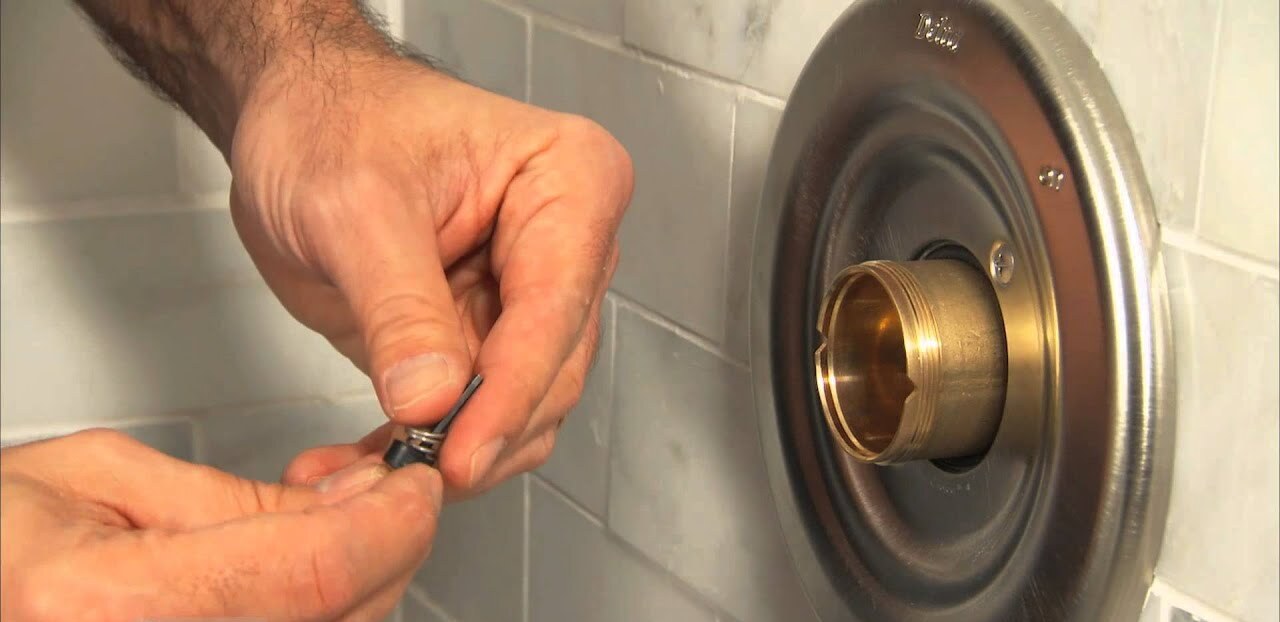
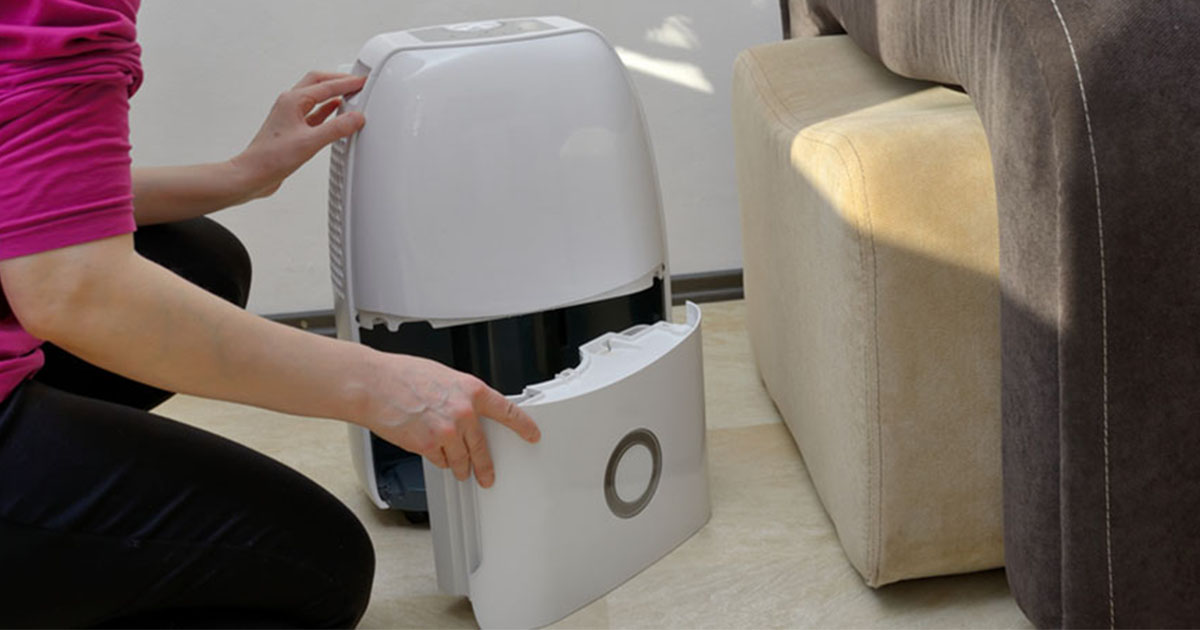
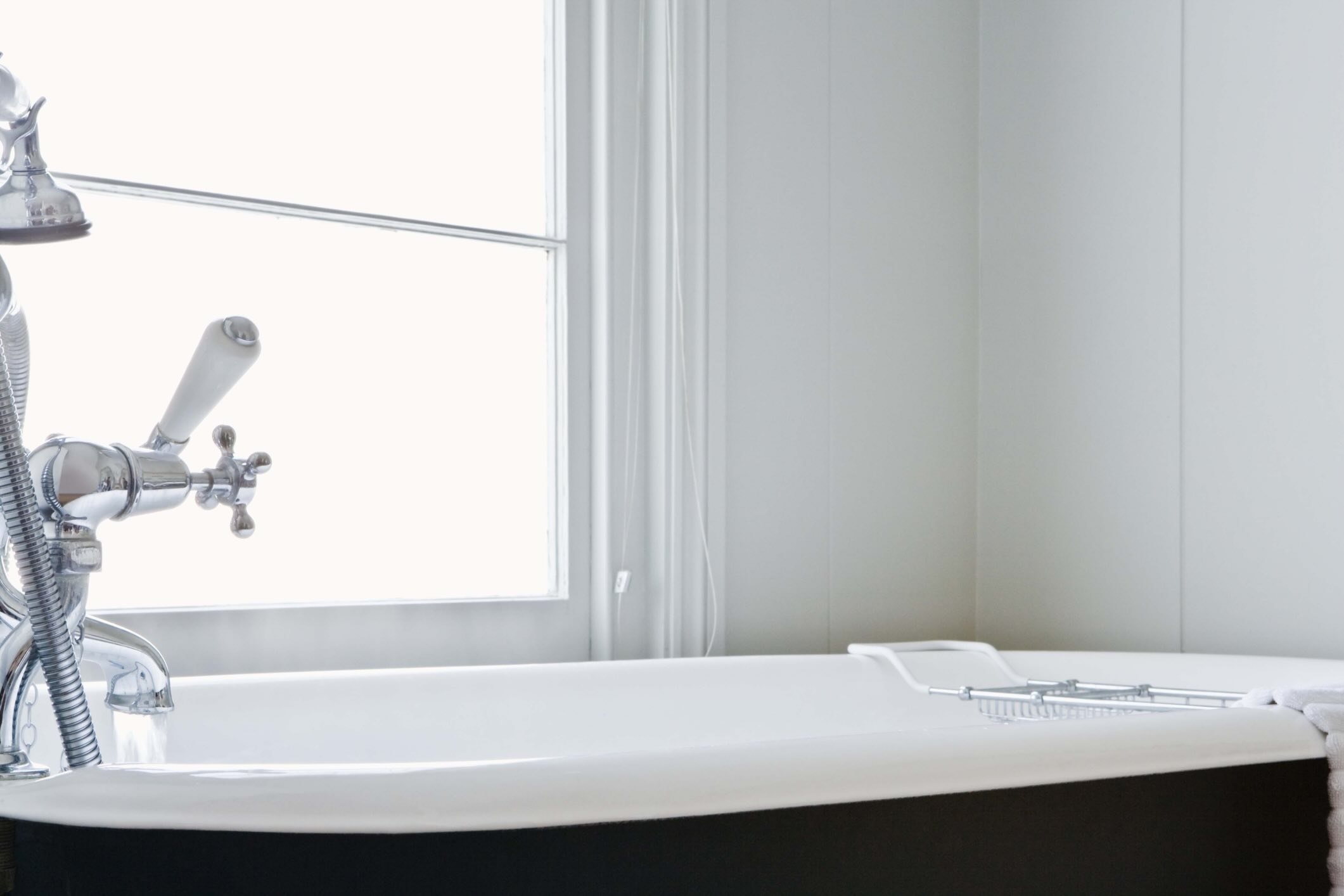
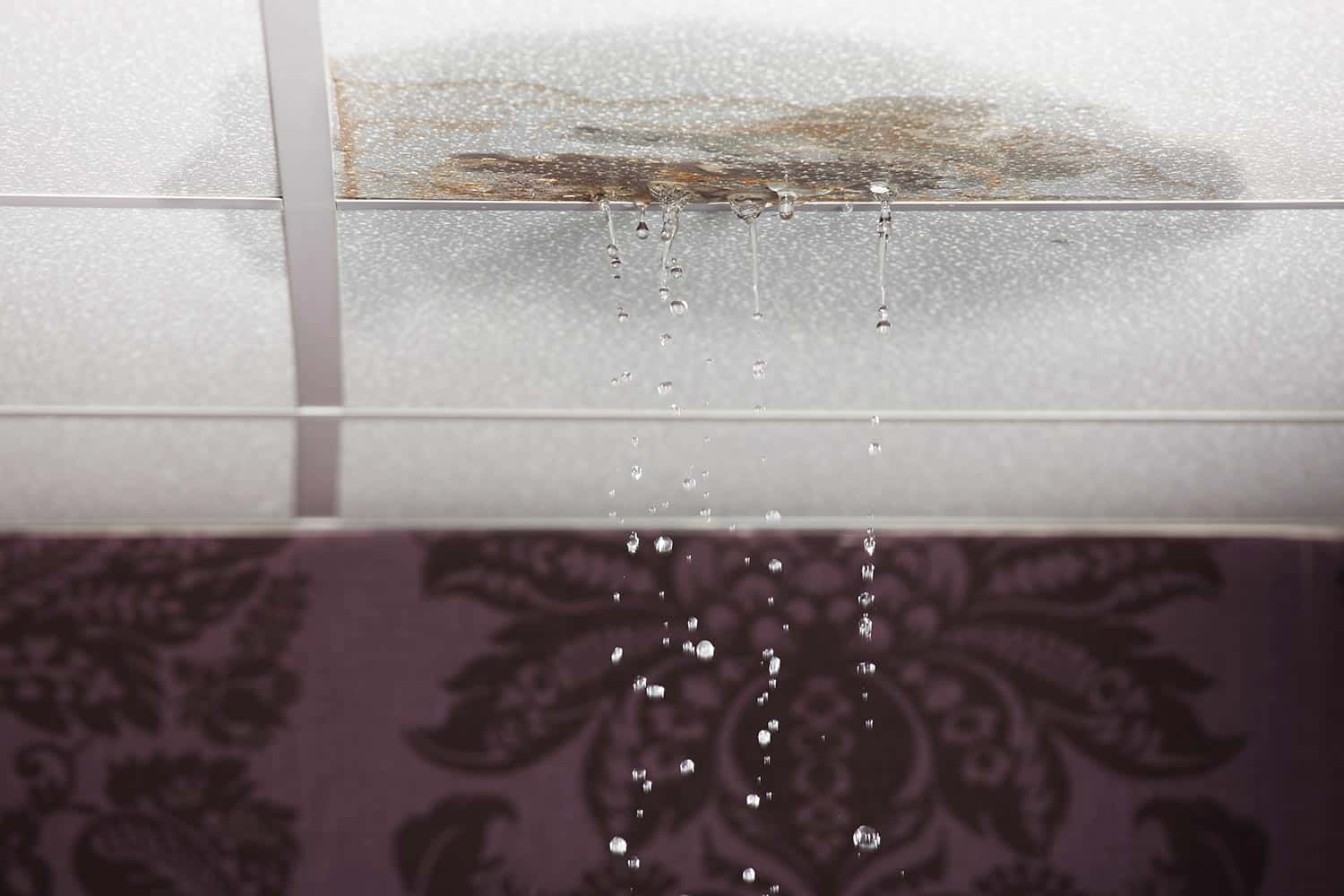
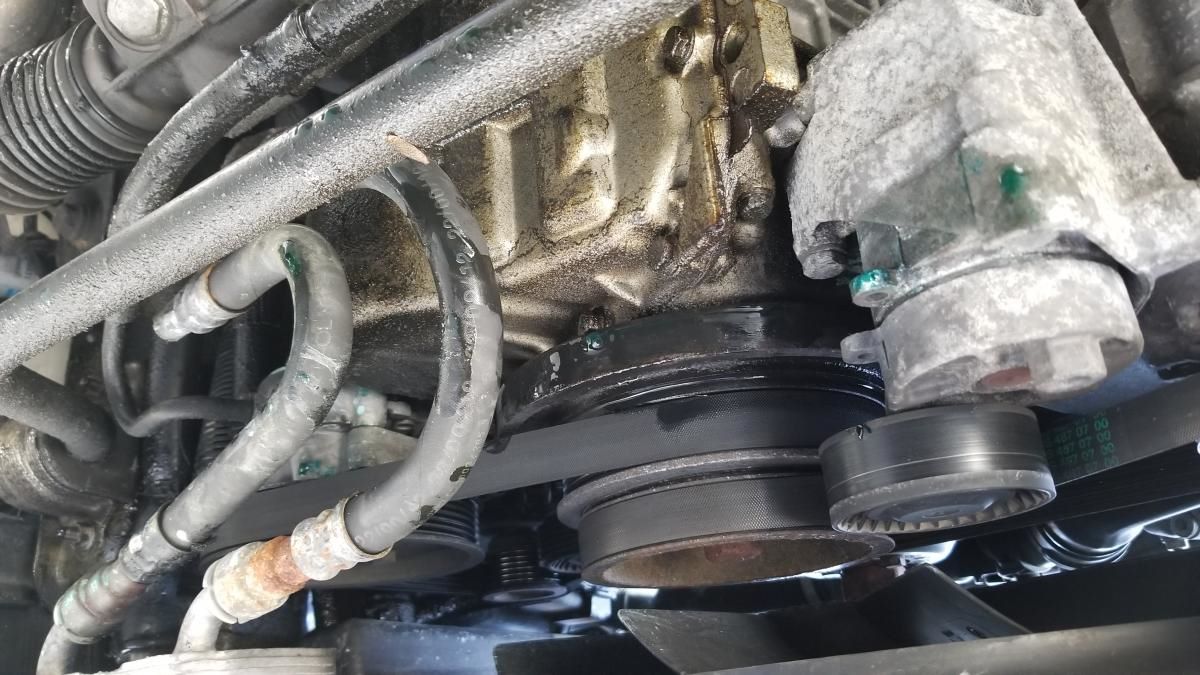

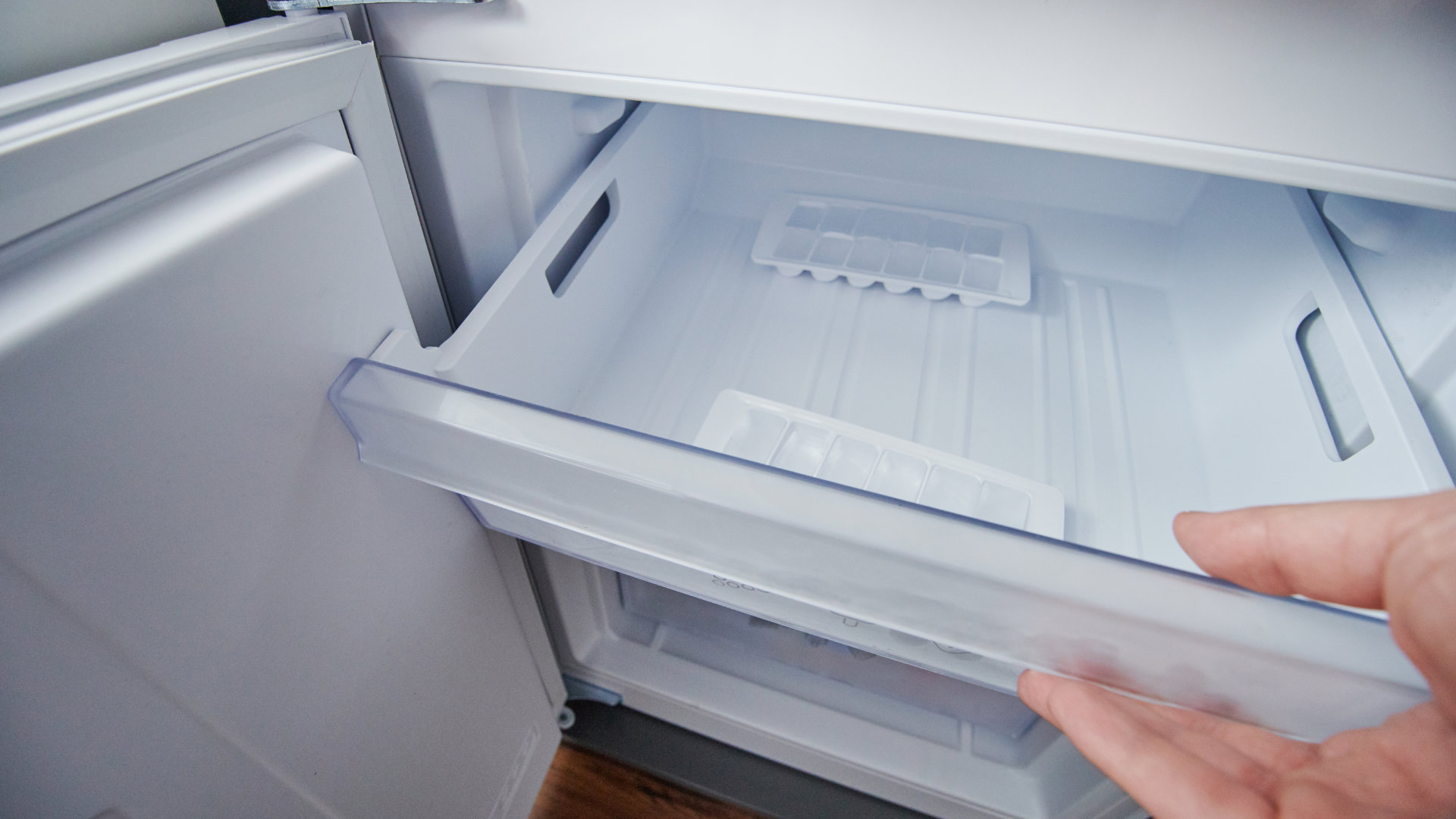

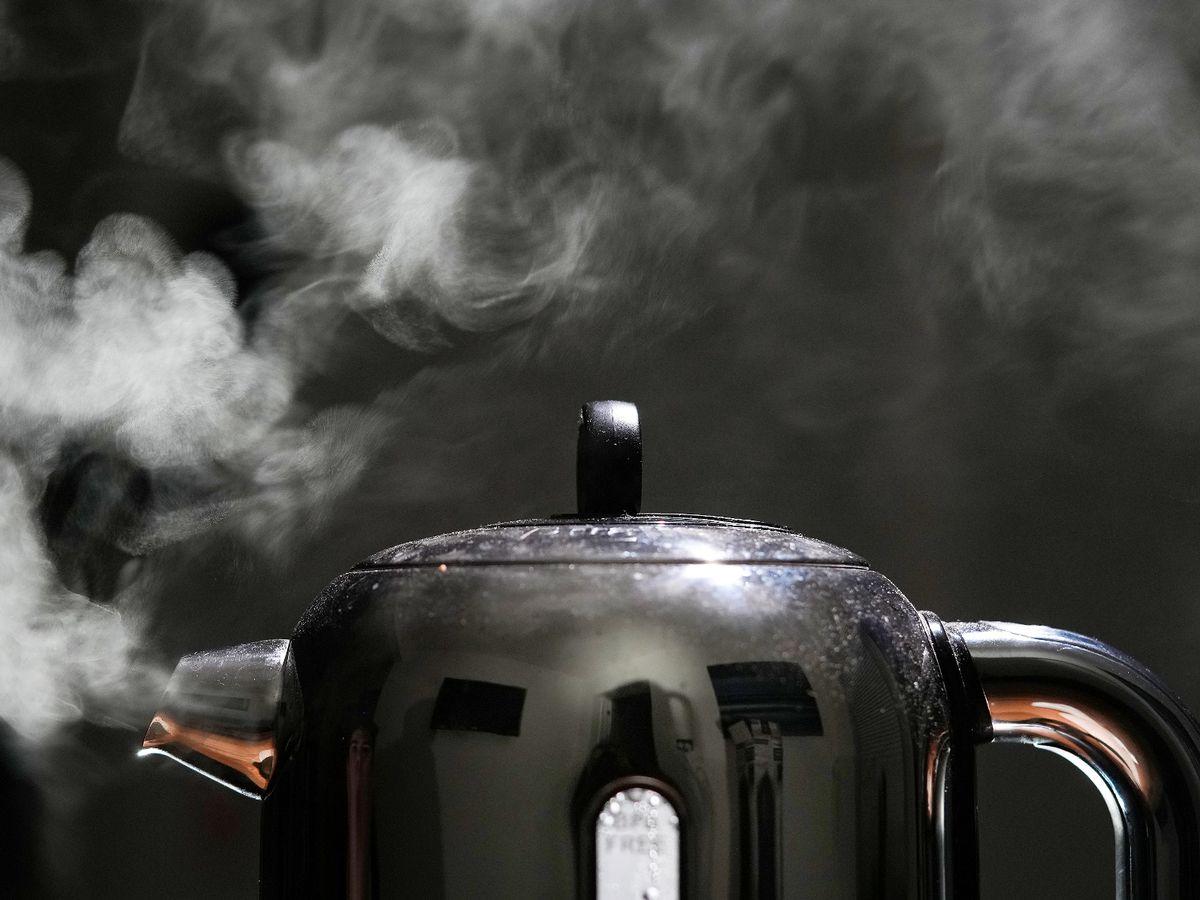
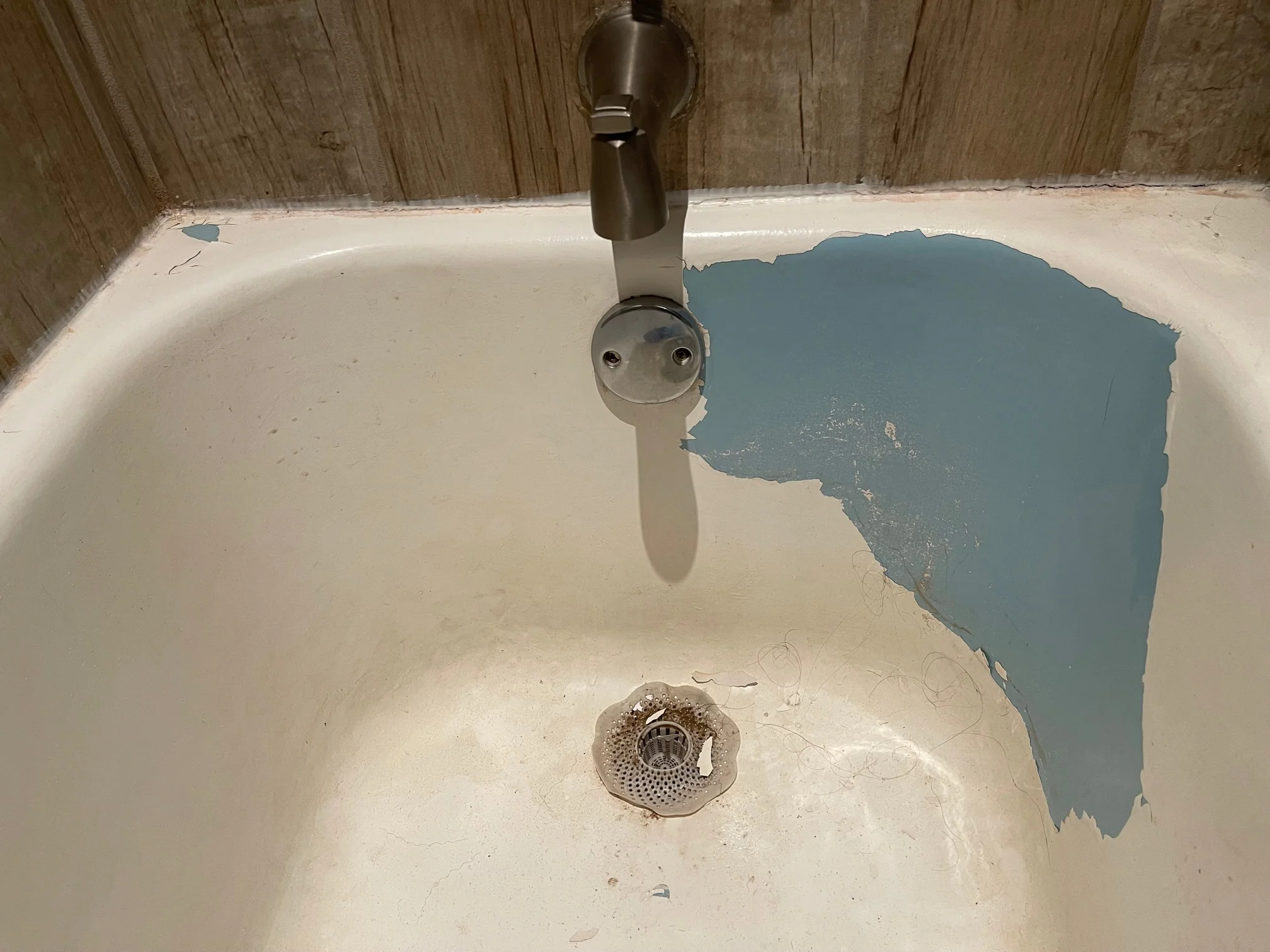
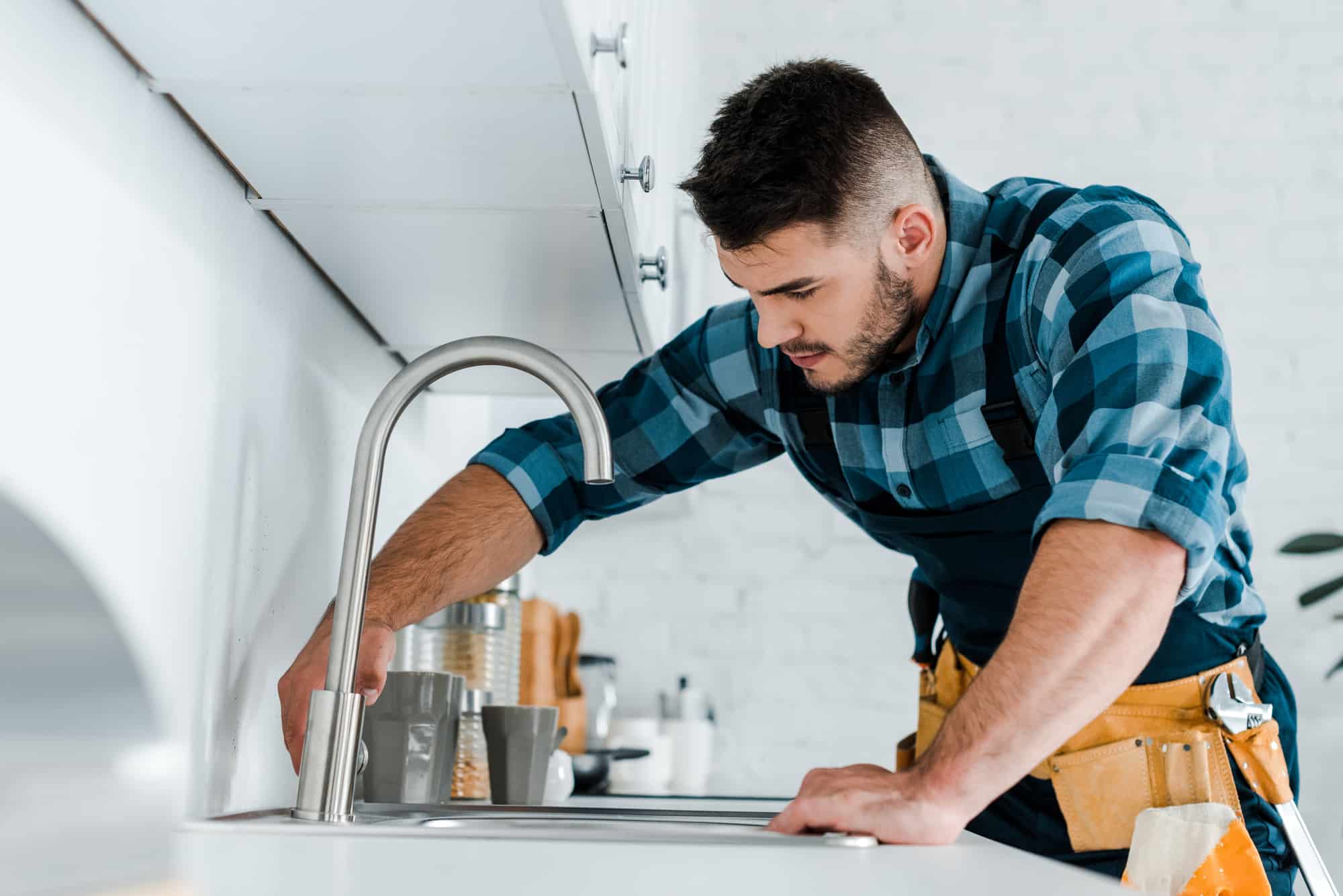
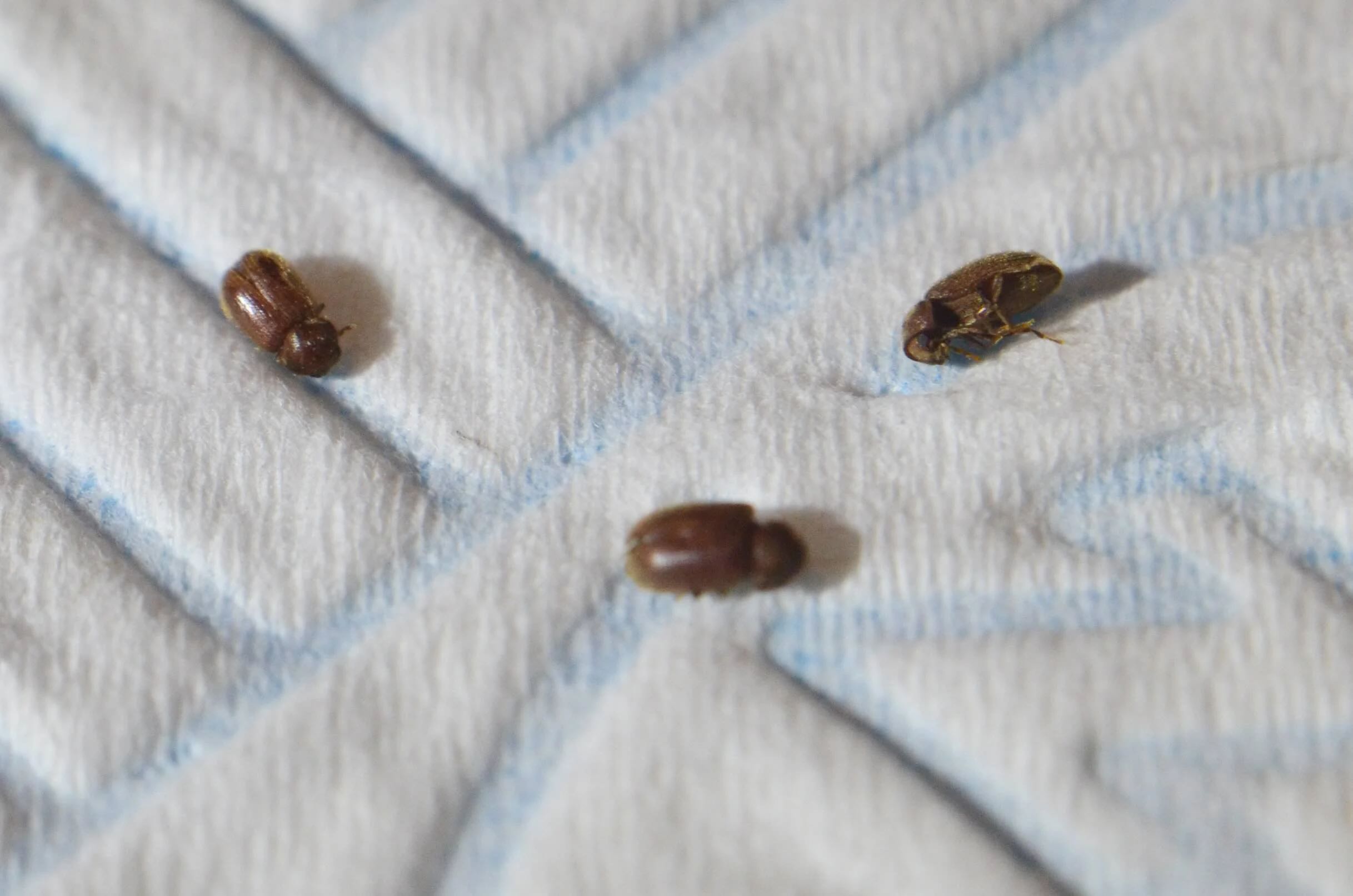
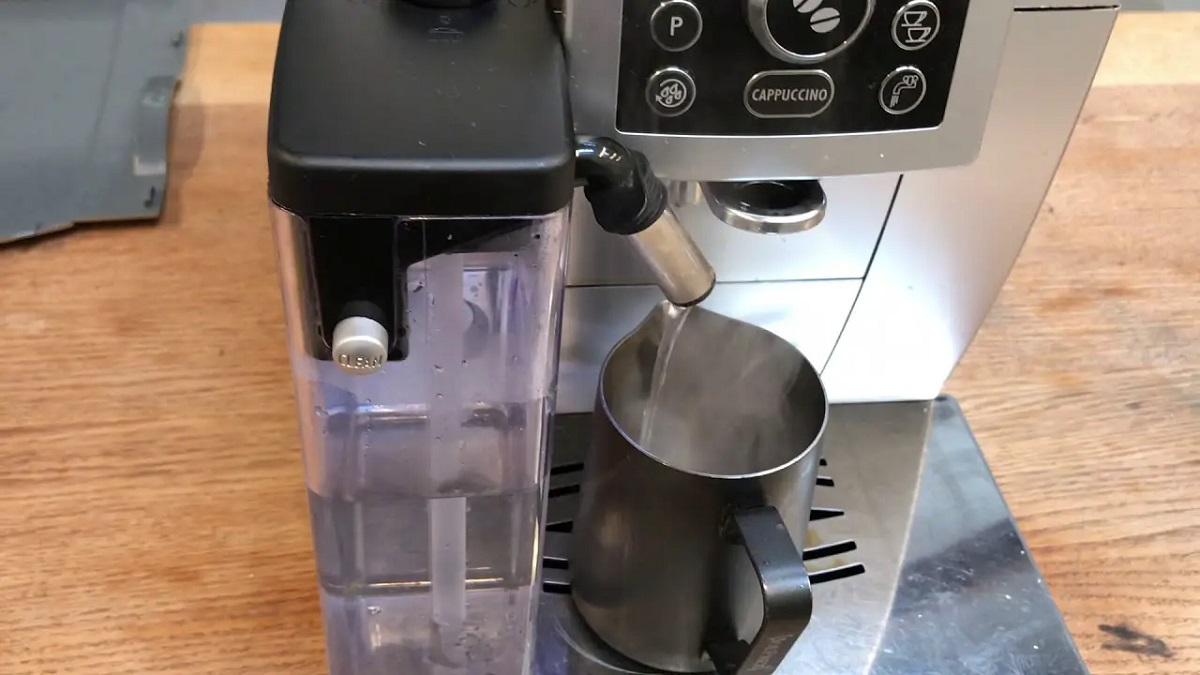


0 thoughts on “Why Is My Bathtub Faucet Leaking”